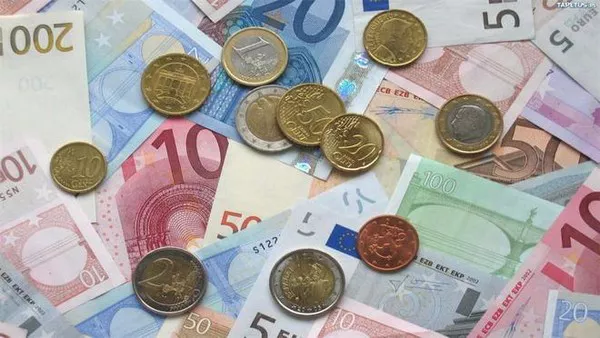The EUR/USD pair is maintaining its downward trend for the third consecutive session, hovering around 1.0470 during the early Asian hours on Friday. The pair reached a low of 1.0462 on Thursday, marking its weakest point since October 2023. This decline is primarily driven by the Euro’s ongoing weakness, fueled by market expectations that the European Central Bank (ECB) may accelerate its policy easing.
The ECB is widely anticipated to reduce its Deposit Facility Rate by 25 basis points to 3% during its upcoming December meeting. Investors also expect the central bank to shift towards a more neutral policy stance by 2025, amidst growing concerns about the economic outlook for the Eurozone.
On Friday, traders are awaiting the release of the Eurozone’s HCOB Purchasing Managers Index (PMI) data for November. The Pan-EU Manufacturing PMI is expected to hold steady at a contractionary 46.0, while the Services PMI is forecast to rise slightly to 51.8 from 51.6.
Later in the North American session, attention will turn to the US S&P Global PMI data. The US Manufacturing PMI for November is expected to increase slightly to 48.8 from 48.5, while the Services PMI is projected to rise to 55.3 from 55.0.
The US Dollar Index (DXY), which measures the Greenback against a basket of major currencies, is trading near 107.00, just below its recent yearly high of 107.15 reached on Thursday. The US Dollar has gained strength following the release of last week’s Initial Jobless Claims data, which showed a decline to 213,000 for the week ending November 15, down from a revised 219,000 (previously 217,000) in the prior week and below the forecast of 220,000. This data has raised expectations that the pace of Federal Reserve rate cuts could slow, further supporting the USD.
As traders digest the latest economic reports, the EUR/USD pair remains under pressure, with market focus on the evolving policy decisions from both the ECB and the Federal Reserve.
Related Topics:


























